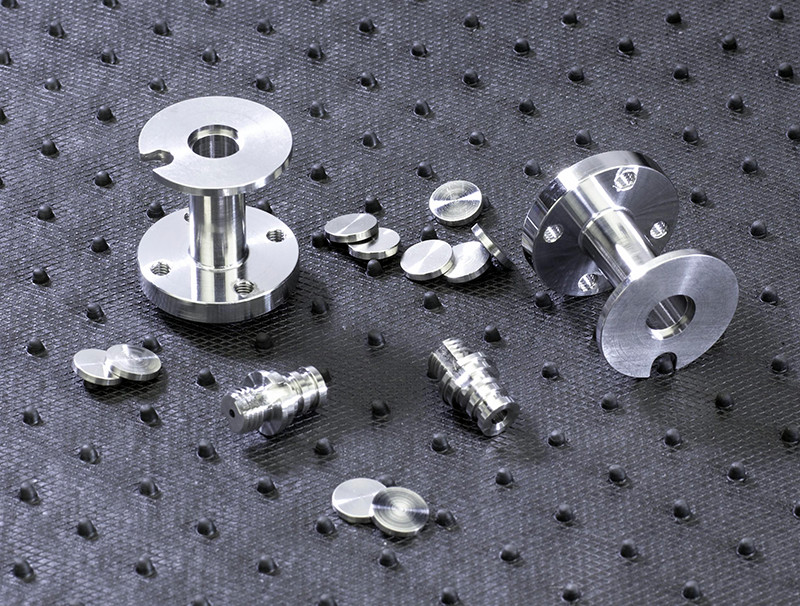 Passivation is used to improve the surface condition of stainless steel by dissolving the iron that is embedded in the surface by forming, machining, or other manufacturing steps. If allowed to remain the iron corrodes and often gives the appearance of large or small rust spots on the stainless steel. In order to prevent this condition on the finished parts, they are given a passivation treatment. This treatment, which consists of immersing the stainless steel parts in a solution of nitric acid without oxidizing salts for a specific period of time, will dissolve the embedded iron and restore the original corrosion-resistance surface by forming a thin transparent oxide film. Passivating is used as the cleaning operation for castings, stampings and finished machine parts by immersing the parts.
Passivation is used to improve the surface condition of stainless steel by dissolving the iron that is embedded in the surface by forming, machining, or other manufacturing steps. If allowed to remain the iron corrodes and often gives the appearance of large or small rust spots on the stainless steel. In order to prevent this condition on the finished parts, they are given a passivation treatment. This treatment, which consists of immersing the stainless steel parts in a solution of nitric acid without oxidizing salts for a specific period of time, will dissolve the embedded iron and restore the original corrosion-resistance surface by forming a thin transparent oxide film. Passivating is used as the cleaning operation for castings, stampings and finished machine parts by immersing the parts.
Features/Benefits:
- Stainless steel does not have to be plated to achieve maximum corrosion protection Passivate
- Provides a superior clean surface
- No rust discoloration of the stainless steel when in service
- Surface preparation for other finishes such as priming or painting
- Passivated stainless steel will not react with other materials because of iron contamination
Applications:
- In general where iron contamination is detrimental to a part's performance
- Sterilization of tools and equipment in the medical field including implants
- Food industry such as mixers, tanks, handling equipment, shielding, and fasteners
- In the architectural or marine fields where surface finishes must last for decades
- Aerospace fuel system controls
List of Processes/ Specifications:
- AMS 2700
- AMS QQ P 35
- ASTM A 380
- ASTM A 967
- MIL S 5002
For questions or more information on any of our finishes and custom coatings, or to get started on selecting the right finishes for your project Contact Us Today.














